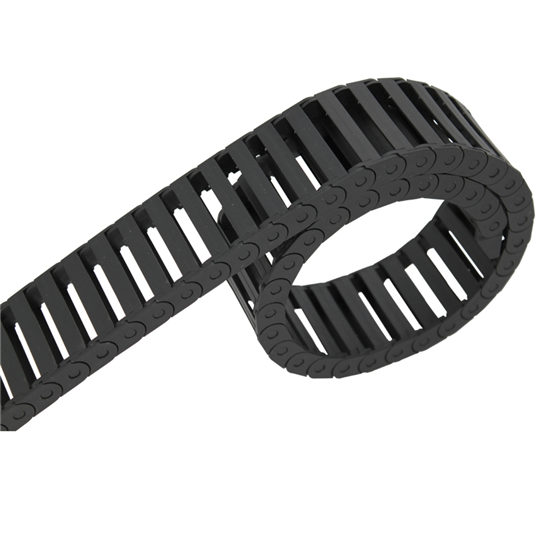reinforced drag chain
Understanding Reinforced Drag Chains Applications and Benefits
In the modern industrial landscape, efficiency and reliability are paramount. One component that plays a crucial role in various mechanical and automated systems is the reinforced drag chain. As technology advances, so too does the requirement for robust solutions that ensure effective cable management and protection in dynamic environments.
What is a Reinforced Drag Chain?
A reinforced drag chain, commonly referred to as a cable carrier or energy chain, is a device designed to hold and guide cables and hoses in moving applications. These chains enable the smooth and organized movement of electrical and fluid conduits while protecting them from wear and environmental factors. The term “reinforced” signifies that these chains incorporate additional materials or design features to enhance their strength, durability, and resistance to external stressors.
Structure and Material Composition
Reinforced drag chains are typically constructed from high-strength polymers, metals, or a combination of both. The reinforcement may include various elements such as internal ribs, materials with high tensile strength, or the integration of metal inserts. These enhancements make the drag chains suitable for demanding applications such as robotics, assembly lines, and CNC machinery.
The design of a reinforced drag chain often includes multiple links that allow for flexibility, enabling it to bend and twist without kinking. This flexibility is crucial in dynamic applications where the drag chain must pivot and move alongside equipment. Furthermore, many designs feature a modular construction, allowing for easy customization and extension to accommodate specific needs.
Applications of Reinforced Drag Chains
Reinforced drag chains find applications across a range of industries due to their versatility
. Some common uses include1. Robotics In robotic arms and automated systems, drag chains effectively route cables that power and control various functions, ensuring that they do not tangle or suffer damage during operation.
reinforced drag chain

2. CNC Machining In machine shops, CNC machines require seamless movement of cables for power and data transmission. Reinforced drag chains facilitate this by protecting the cables as the machine moves along its axes.
3. Conveyor Systems In warehouse settings, reinforced drag chains can be employed to manage power and control cables for conveyor systems, improving reliability and maintenance accessibility.
4. Automotive In the automotive industry, these chains are utilized in production lines where robotic systems assemble parts. They help keep the necessary cables organized and secure throughout the manufacturing process.
5. Wind and Renewable Energy In wind turbines, reinforced drag chains are used to safeguard cables that connect generators with control systems. Their robust design withstands the harsh environments often found in such applications.
Advantages of Using Reinforced Drag Chains
The benefits of reinforced drag chains are extensive. Firstly, they promote organization, preventing cable tangling and bending, which can lead to cable failure. This organization enhances safety, reducing the risk of accidents caused by tripping over loose cables or exposed wires.
Secondly, the durability provided by reinforcement ensures a longer lifespan for both the drag chain and the cables it protects. This longevity translates into less frequent replacements and reduced downtime, yielding cost savings for businesses.
Additionally, reinforced drag chains can operate in extreme temperature ranges, making them suitable for various environments, from cold storage facilities to high-heat manufacturing plants. They are also resistant to chemicals, oils, and abrasives, making them ideal for industries that deal with corrosive substances.
Conclusion
In summary, reinforced drag chains are essential components in modern industrial applications, providing reliable cable management solutions that enhance operational efficiency and safety. Their durable and flexible design allows them to accommodate the demands of various industries, from robotics to automotive manufacturing. As technology continues to evolve, the importance of such advancements in cable management will only grow, underscoring the critical role of reinforced drag chains in the future of industry.








